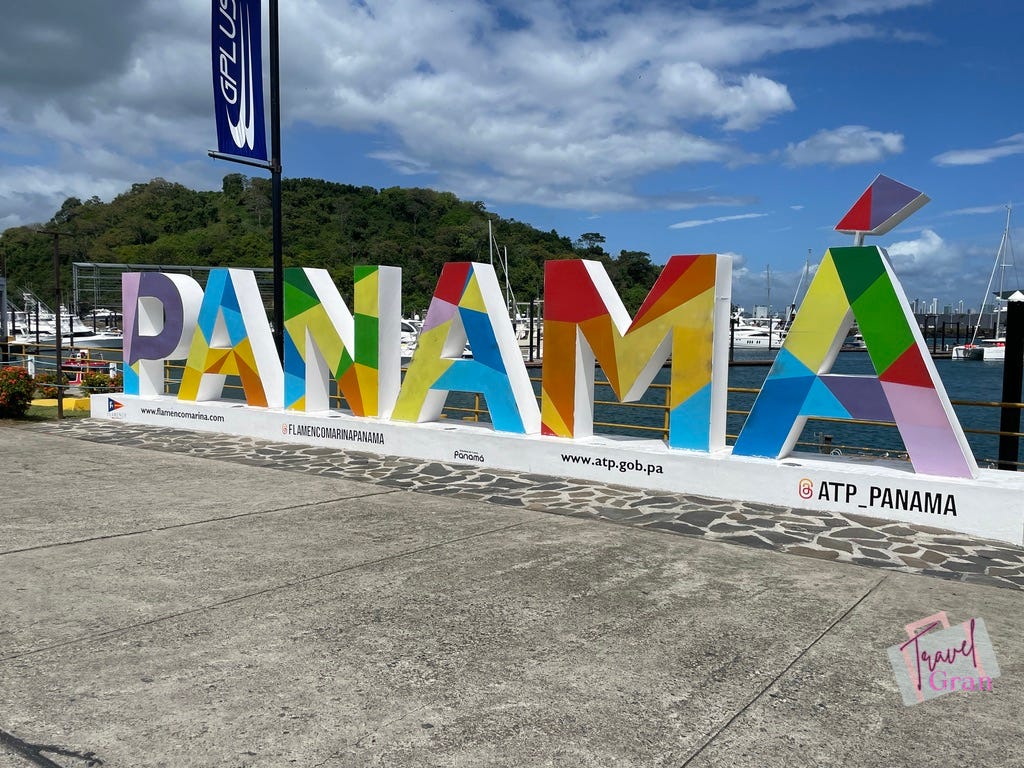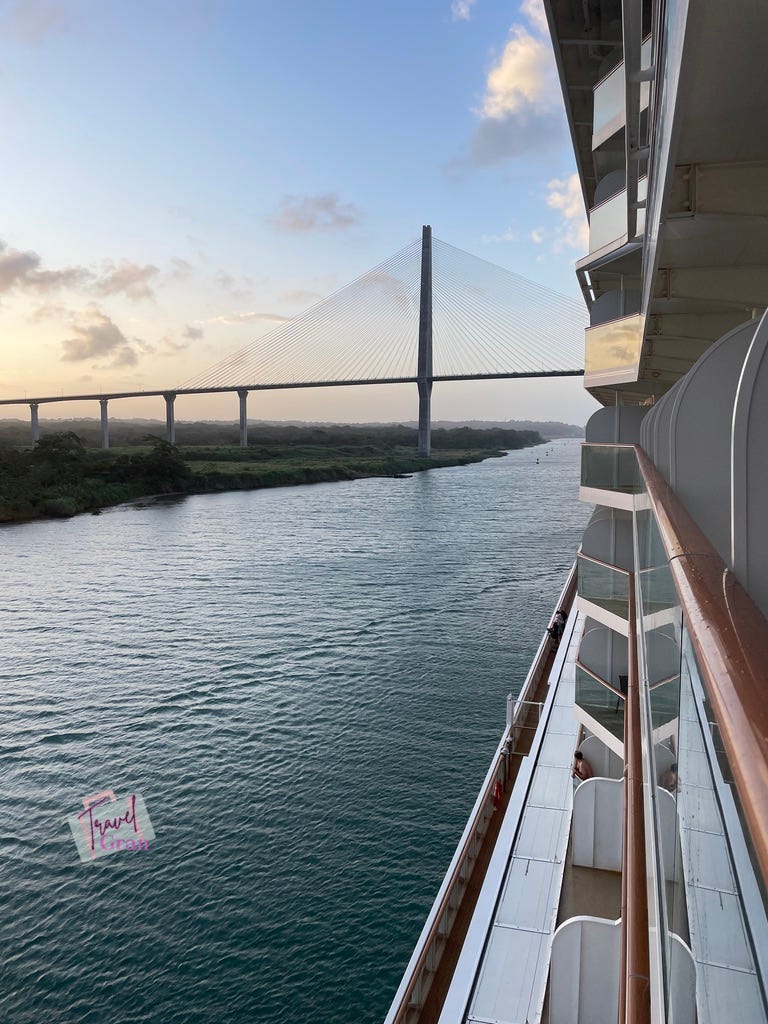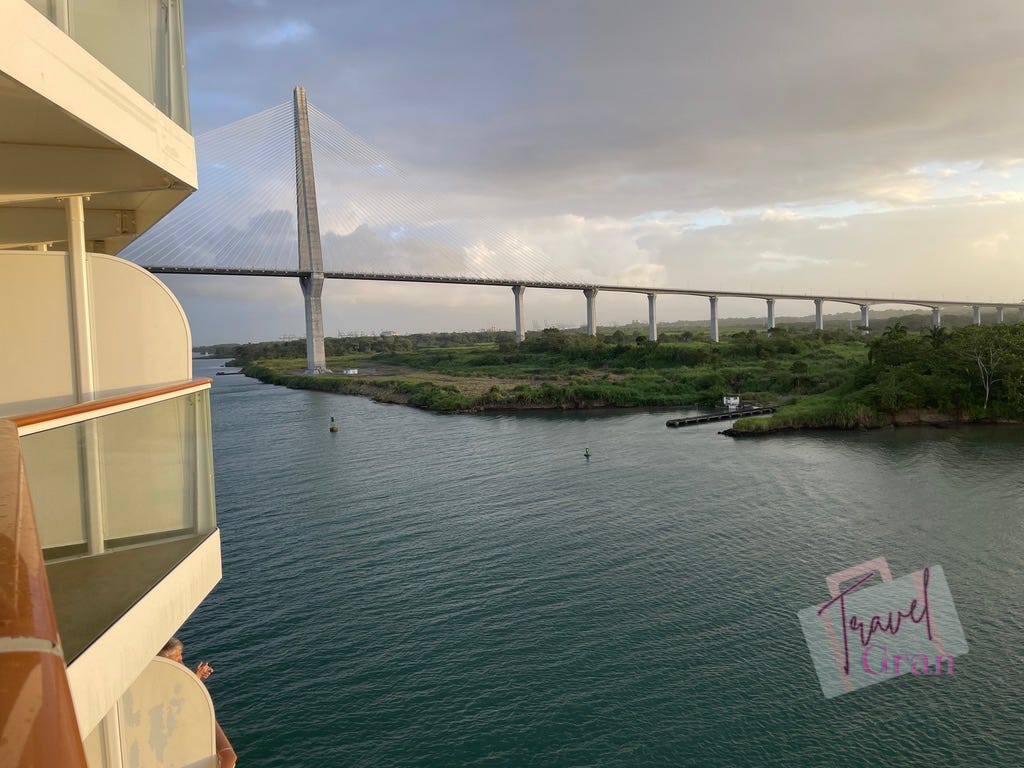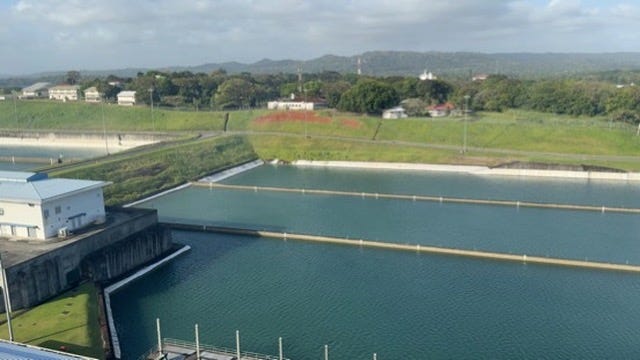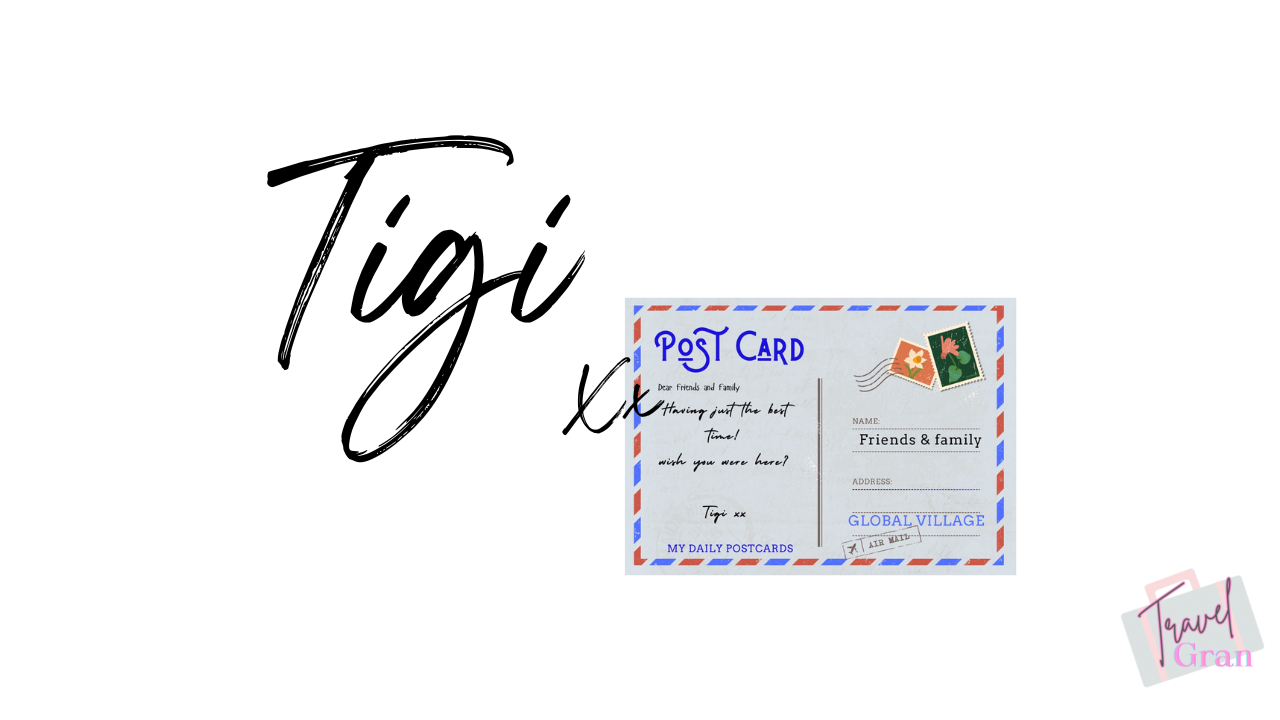So You’re Thinking About Transiting the Panama Canal? Here’s What to Expect
If the Panama Canal isn’t on your travel radar yet, it should be. Whether you’re a cruise lover, a history buff, or just someone who appreciates seeing something truly remarkable, this is one of those “once in a lifetime” experiences that’s worth every minute.
Most people hear “Panama Canal” and picture ships going through a few big gates, but what you might not realize is just how dramatic—and surprisingly peaceful—the whole process is. Transiting the canal isn’t just another day at sea; it’s an all-day, slow-motion performance of human engineering meeting raw tropical beauty.
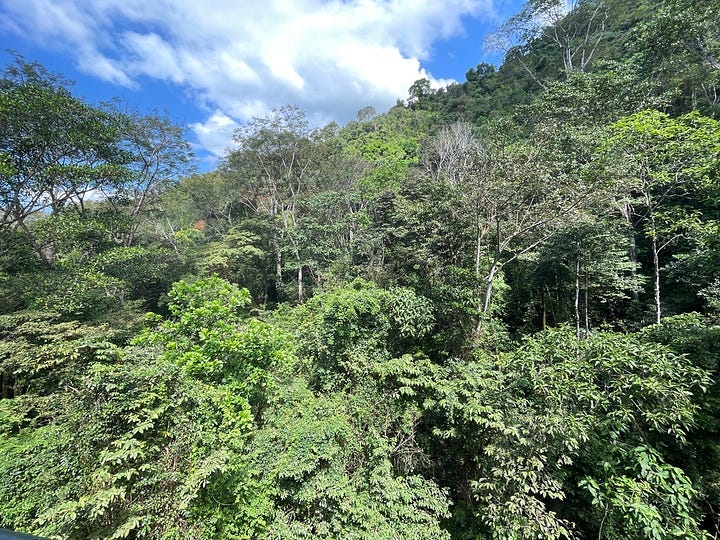
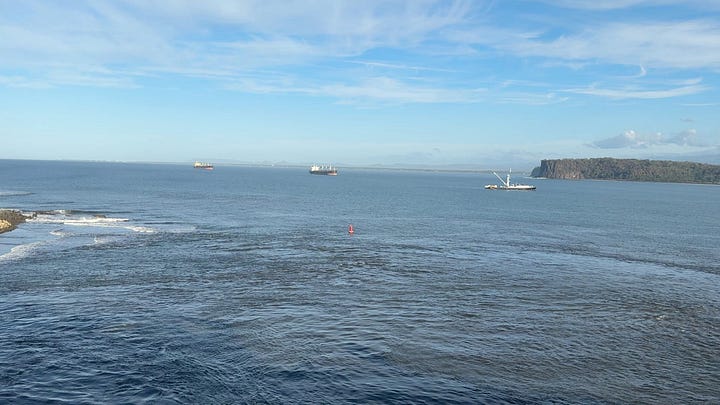
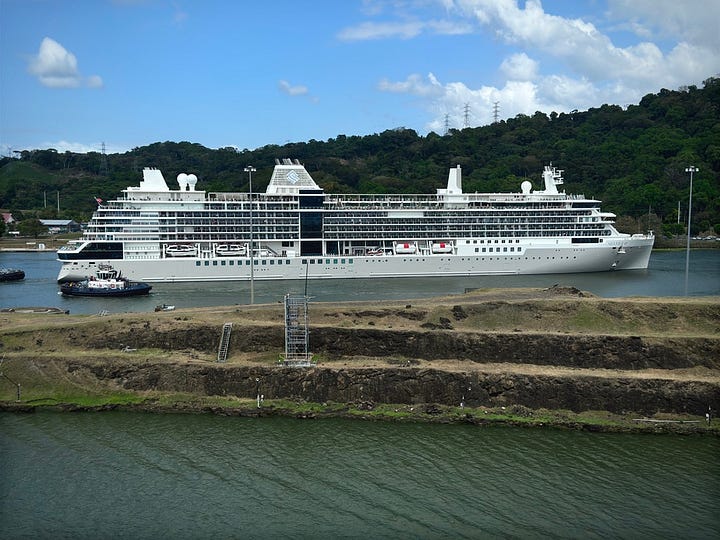
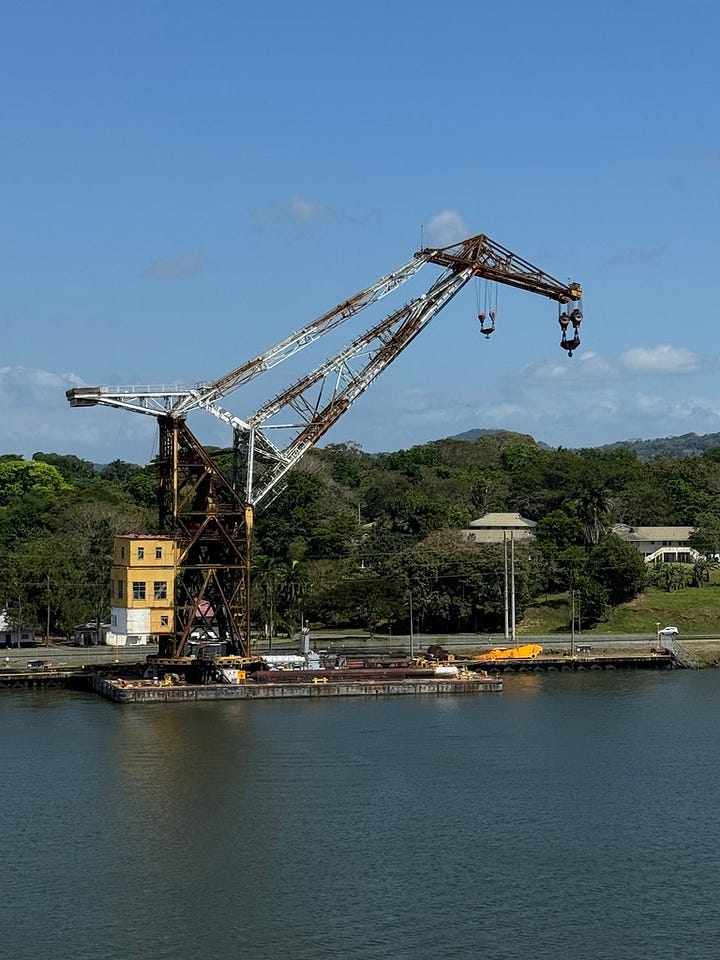
First things first: the early start
If you’re cruising, expect an early wake-up call. Ships usually enter the canal around sunrise, and trust me, you’ll want to be up for it. The light over the water, the thick green jungle on either side, and the sense of anticipation as you approach the first lock—it’s unforgettable. Grab a coffee, find a good viewing spot on deck, and get ready for one of the world’s great travel spectacles.
How the canal actually works
The Panama Canal connects the Atlantic and Pacific Oceans through a 50-mile stretch across the Isthmus of Panama. Instead of cutting straight through at sea level (which would’ve been impossible), ships are lifted up 85 feet to Gatun Lake, a man-made lake in the middle of the country, and then lowered back down on the other side.
You’ll pass through three locks going up and three going down. Each lock chamber fills with water to raise or lower your ship. It’s like watching a giant elevator for vessels—quiet, smooth, and oddly mesmerizing.
The canal pilots—experts who board each vessel to guide it through—handle everything with inch-perfect precision. You might think your ship won’t fit; there’s often only a couple of feet of clearance on either side. But somehow, they glide through as if it’s nothing.
The view from the deck
Between the locks, you’ll drift through Gatun Lake, surrounded by dense jungle and the occasional glimpse of wildlife. Keep your eyes peeled—you might spot crocodiles sunbathing on the banks or toucans flitting through the trees. The scenery feels like a mix between a tropical river cruise and a time machine ride through history.
It’s also a social day on board. Everyone’s out on deck chatting, pointing, and swapping travel stories. Even the crew seems a little extra cheerful—it’s that kind of day. Bring binoculars if you have them, sunscreen for sure, and a hat (the Panamanian sun is no joke).
A few pro tips
Get up early. You’ll want to see the approach to the first lock—especially the Miraflores Locks if you’re entering from the Pacific side.
Find your spot early. Deck space fills up fast with eager onlookers. If your ship has a forward viewing area or observation lounge, that’s prime real estate.
Bring patience. The full transit takes around 8 to 10 hours, so it’s not fast—but that’s part of the charm.
Listen to the commentary. Most ships have experts or guides narrating the transit over the PA system. It’s fascinating to hear about the history, the challenges of building it, and how the locks have evolved since 1914.
Don’t forget the camera. Photos never quite capture the scale, but you’ll want them anyway—especially of the gates closing behind your ship.
A bit of history to impress your friends
The canal opened in 1914 after decades of effort, disease, and ingenuity. It shortened the trip between the Atlantic and Pacific by about 8,000 miles—no more sailing around Cape Horn! When you realize that the original canal/throughway was built over a century ago, mostly by hand, it makes the experience even more impressive. The canal now has two parallel waterways, the second one being created to accommodate the larger cruise ships of today.
The grand finale
As your ship exits the last lock and glides into open ocean again, there’s a wonderful feeling of accomplishment. You’ve crossed from one ocean to another in a single day! It’s equal parts relaxing and awe-inspiring—a reminder of what human determination (and a lot of clever engineering) can achieve.
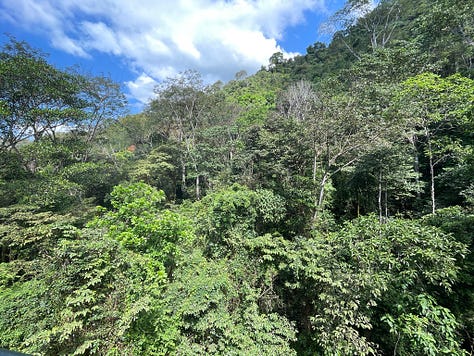
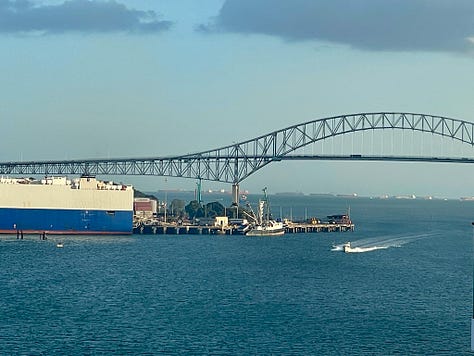
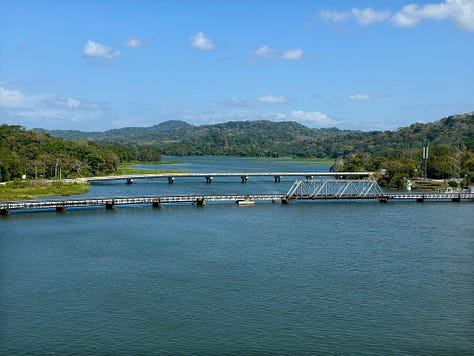
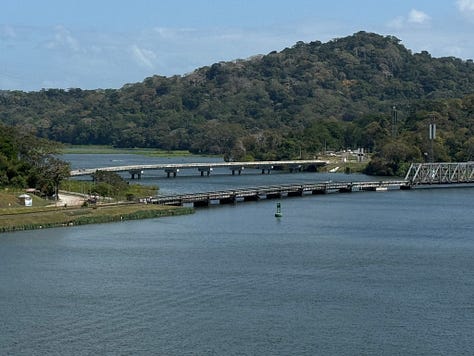
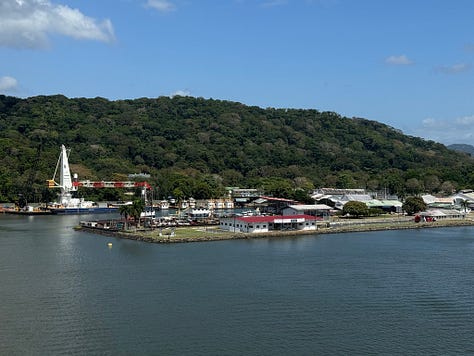
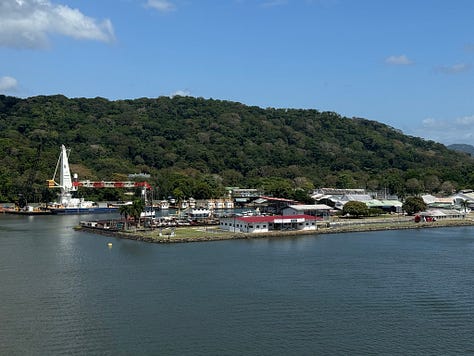
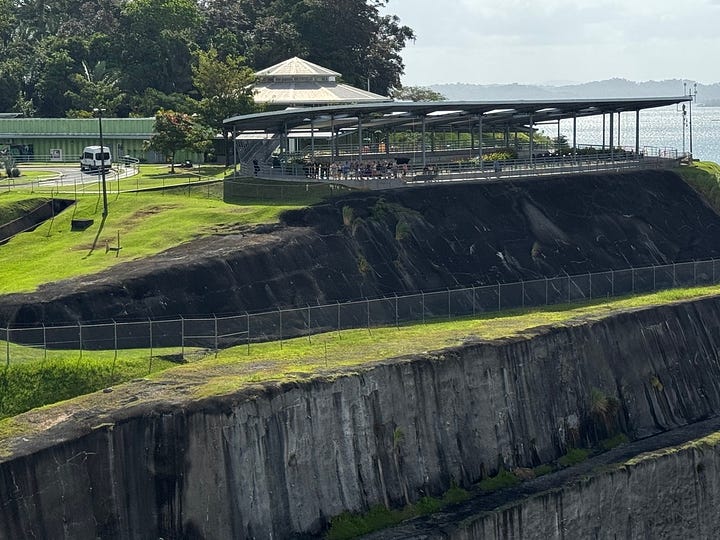
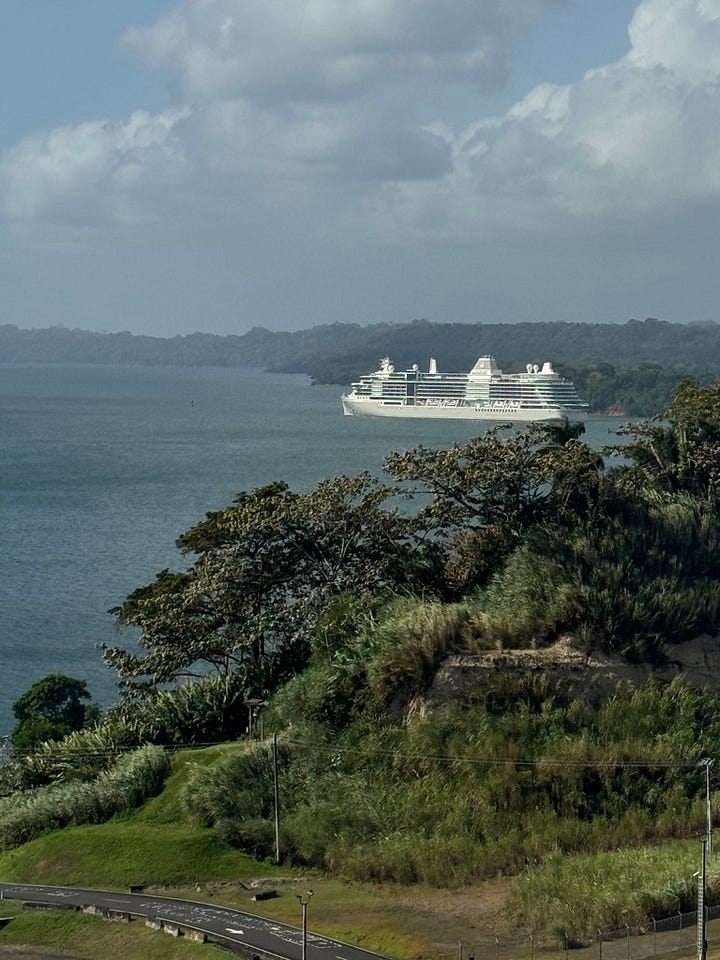
Final thoughts
Transiting the Panama Canal isn’t a thrill ride—it’s something better. It’s a slow, fascinating, and surprisingly moving experience. You come away with a sense of history, wonder, and gratitude that you got to witness it firsthand.
So if you ever find yourself looking at cruise itineraries and see “Full Panama Canal Transit” on the list—go for it. Pack your camera, grab your sunhat, and prepare to be amazed.
It took me 68 years to finally be able to transit the Panama Canal and fulfil an ambition that I had been holding from being a small child.
It was well worth the wait, and I hope that your experience will be the same for you too!
In friendship and travel fun adventures…



